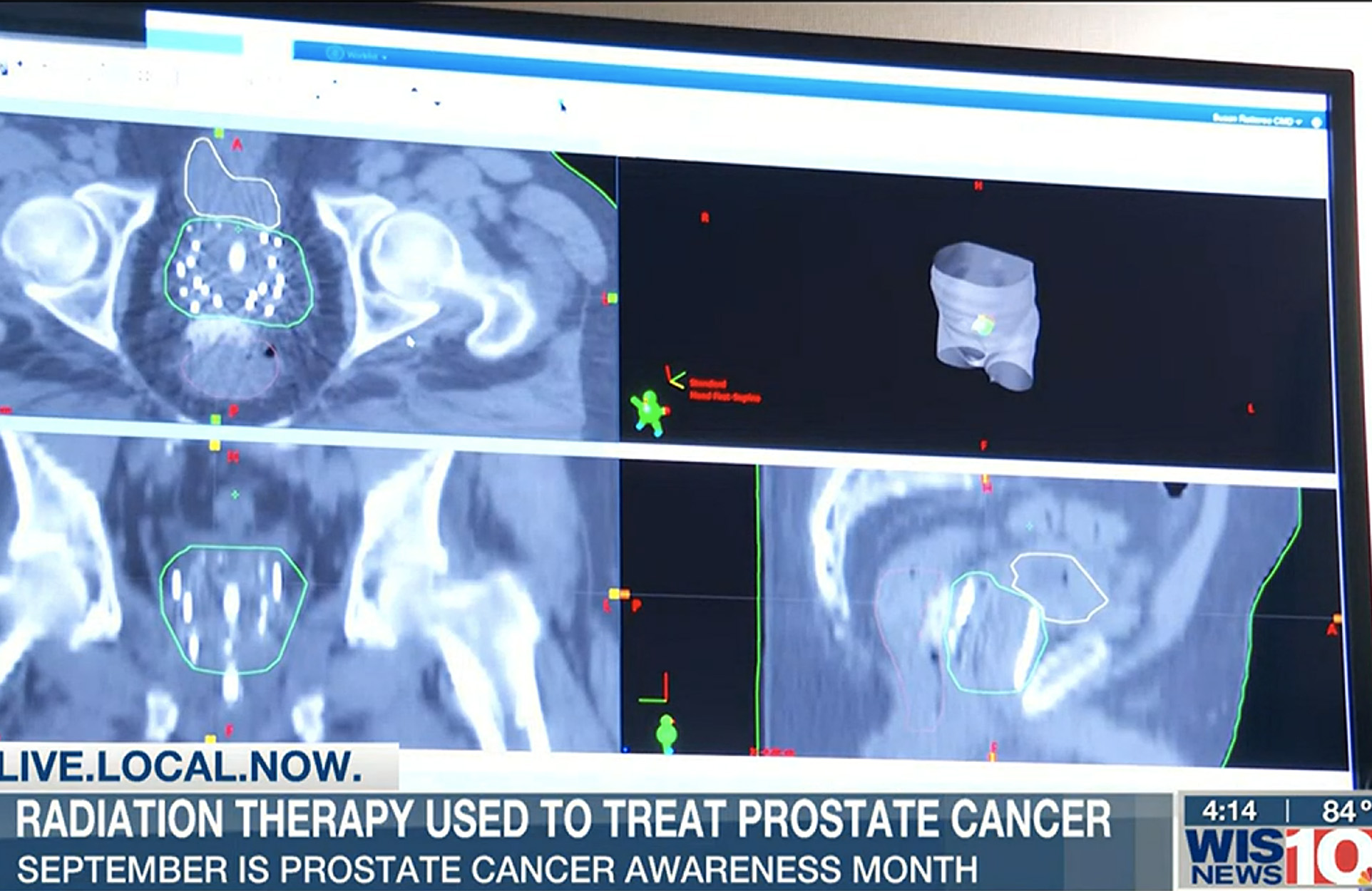When facing a serious illness, patients and their families may hear about palliative care and hospice care. While both focus on improving quality of life and providing comfort, there are significant differences.
Palliative Care: Comfort at Any Stage
Palliative care aims to relieve the symptoms, pain, and stress of a serious illness. It can be offered at any stage of illness, whether the condition is curable, chronic, or life-threatening. The primary goal is to enhance the quality of life for both the patient and their family.
Palliative care is not limited to end-of-life scenarios. Patients can receive palliative care services while receiving treatment to cure their condition. A team of doctors, nurses, and other specialists work together to address physical symptoms and emotional, social, and spiritual needs. Clinicians can provide palliative care in hospitals, nursing homes, outpatient clinics or a patient's home.
Hospice Care: Comfort at the End of Life
Hospice care, on the other hand, is specifically designed for patients who are nearing the end of life, typically with a prognosis of six months or less if the illness runs its usual course. The focus shifts entirely from curative treatments to comfort care, emphasizing pain management and emotional support.
Patients usually receive hospice care at home but can also receive it in hospice centers, hospitals, or nursing homes. The hospice team includes doctors, nurses, social workers, and chaplains, all of whom collaborate to ensure that the patient's final months are as comfortable and dignified as possible.
Key Differences:
- Timing: Palliative care can begin at any stage of a severe illness, while hospice care is reserved for the final months of life.
- Treatment Goals: Palliative care can be combined with curative treatments, while hospice care focuses solely on comfort and does not intend to cure.
- Eligibility: Palliative care is available to anyone with a serious illness, regardless of prognosis. Hospice care is for patients with a life expectancy of six months or less who have decided to forgo further curative treatments.
Palliative Care at Lexington Medical Center
Lexington Medical Center offers palliative care for hospitalized patients. The palliative care team consists of palliative certified nurses who educate patients and families regarding their medical conditions and available care options. They assist patients in setting care goals of in accordance with the patients’ wishes and coordinate a hospice care consultation if the patient and family choose.
Hospice in Place at Lexington Medical Center
Lexington Medical Center's hospitalized patients can access general inpatient hospice level of care if appropriate through its partnerships with Medical Services of America and Amedisys. A representative from one of these hospice agencies will be at the patient's bedside within one hour of receiving a referral for care.
Hospital staff continue to care for the patient, while hospice staff provide additional support and education for end-of-life care. The hospice agency also offers 13 months of bereavement support to families.










Leave a comment